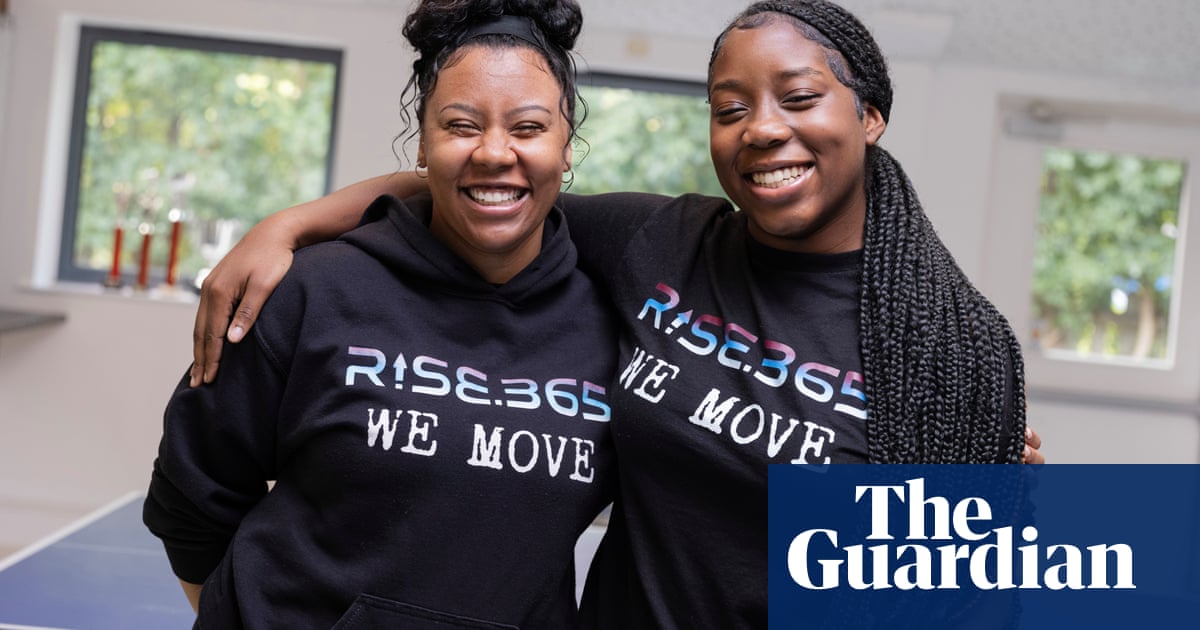
In her first year of culinary school, Reanna Bryan, 18, was told her braided hairstyle was not suitable for the kitchen. “I was like, ‘What do you mean, you can’t have braids or dreads?’ because this is what I wear. My hair is in braids the majority of the time,” she says.
When she shared her experience with the young woman’s circle she is a member of at Rise.365, a community support group based in Hackney, similar stories were echoed back.
“Straight hair is the norm,” she says, “and [afro hair] is just not represented.” This discussion spiralled into an idea for a campaign to tackle one area with poor representation of afro hairstyles: emojis.
There are 3,790 emojis, among them mermaids, vampires and an afro pick comb, but none feature afro hairstyles typically worn by Black people. “It’s sad and disappointing because it’s just showing how we [Black people] are not really seen in a bright light, because you’ve got a blond or ginger girl, and you haven’t got just a simple girl with an afro, braids or anything like that,” Bryan says.
For Amina Gray, a youth mentor and facilitator at Rise.365, this is exactly why the campaign is important. “Black people, and women in particular, tend to have so many different hairstyles but none of these are represented.
“We need to normalise that our hair – whether it’s in its natural state or it’s in a protective hairstyle – is acceptable … is professional.”
To address the imbalance, Bryan and other young members of the group were asked to design emojis with common hairstyles worn by Black people. “I asked all of our young people to draw something that either reflects them or an emoji they would like to see on the keyboard,” Gray says.
The group whittled it down to the four they felt best reflected the array of hairstyles in the community – braids, afro, locs and cornrows.
“I always wear braids so I thought ‘let’s do braids’ because obviously that represents me. It’s like a protective hairstyle and you can have it in different ways – long, short, coloured,” Bryan says.
Vanita Brown, a junior designer at Good Relations PR, helped bring the sketches to life. “Most emojis tend to reflect the majority. I feel that Black and mixed-race hairstyles weren’t prioritised in the initial designs because the creators didn’t necessarily consider or prioritise the diversity of Black hairstyles.”
Proposals for new emojis can be submitted to the Unicode Consortium, which sets standards for digital typography, but only a fraction are accepted for encoding. The group will submit the designs in April.
In 2019, Rhianna Jones submitted an official afro hair emoji proposal with more than 65,000 signatures from an online petition. However, it was declined on the basis that the “curly hair emoji was designed to reflect a variety of hairstyles”. That year, submissions for bubble tea and the dotted line face were accepted and released as emojis.
Brown says Unicode relies heavily on proposals and feedback, such as how often terms relating to the submission are used in Google searches, to make decisions about future emojis.
“This is why we’re working with Rise.365 to rally enough support to encourage Unicode to add these new emojis. Every [Google] search for the phrase ‘afro hair’ helps to make these emojis a reality.”
The campaign is an opportunity to prompt discussions about hair representation and discrimination more broadly, not just emojis, Gray says. “The four we have designed are just the start. [The campaign] is a teaching opportunity. I don’t want people to think we just want emojis because we want to be represented that way. It’s because there’s a much deeper message behind it, about empowering people and helping people realise that their hair is beautiful.”
Why is it important for Bryan? “My young siblings will be able to see an emoji that looks like them,” she says. “If this works, we’re actually gonna change history.”